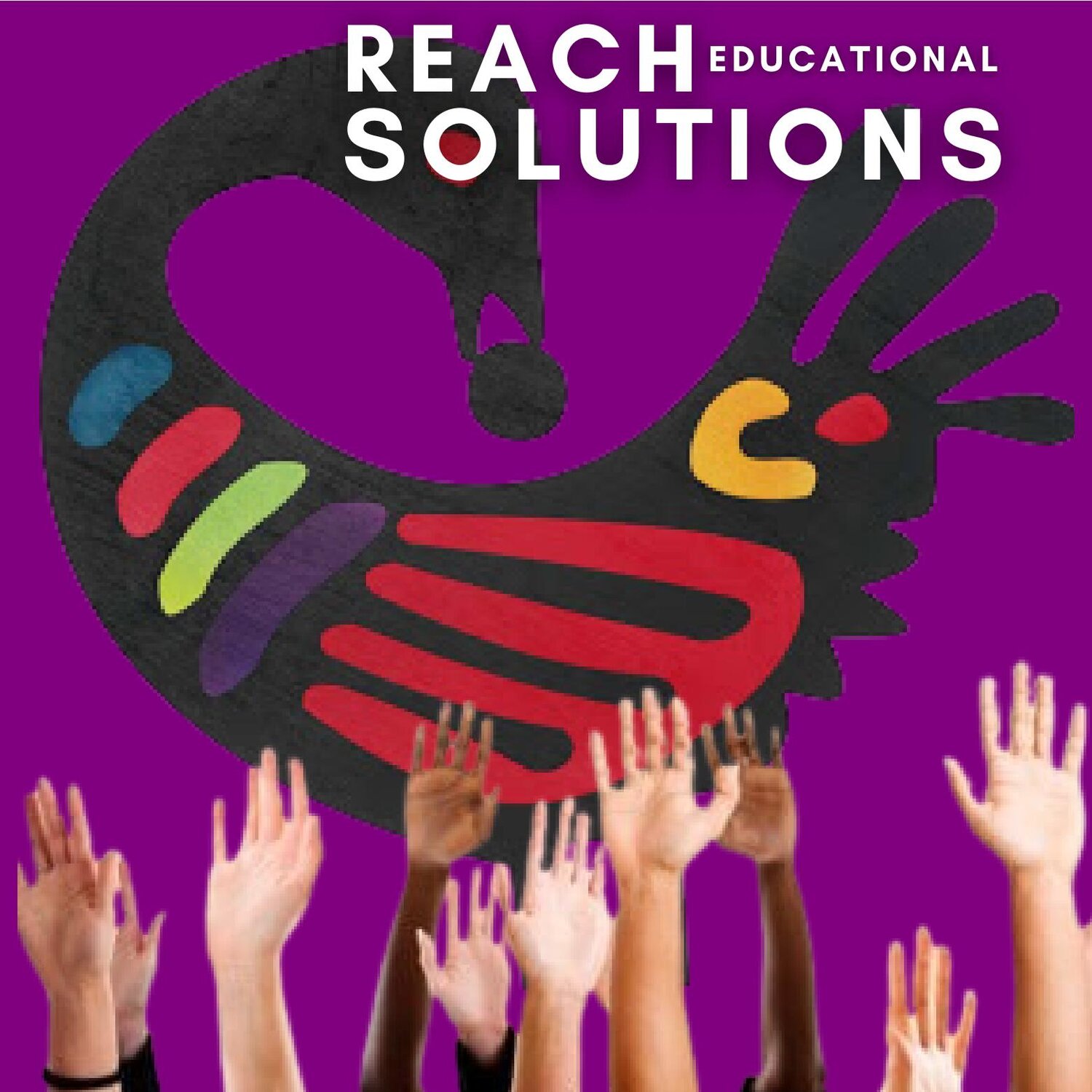School Survey Program
School and district communities are strongly encouraged to use the REACH© surveys as a complement to the DTSDE or DROCLSD™ processes. Understanding the perceptions of all constituents is key to any school's improvement efforts. Schools should only create action plans after a school leader and staff members have a full understanding of these perceptions so that they address the most important aspects of the school culture.
REACH© has unique surveys that align to the practices and strategies highlighted in our rubrics and assess the state of the school culture via teachers, students and family perspectives. Each group of constituents has a unique understanding aligned to their role and value in the school community.
REACH© student surveys provide a unique lens into their classroom experiences, their understandings about the relationships they have with adults in the building, the supports offered to students, and their perceptions about instruction. Teachers, like students, often have a perception about their work place environment that differs than the one the school leader believes exist in the school.
It is pivotal that the school leader understands how teachers are making decisions and the ways in which the school environment is influencing those decisions. Parents can provide important information about their perceptions about the ways in which the school staff invites them to support the school, the work students engage in during the school day, the support they receive when they have concerns, and how the school incorporates their suggestions in the daily activities of the school community.
Surveys are administered using two methods, pencil and paper or computer-based. REACH© sends the results of the survey to the school approximately 3 weeks after the complete administration of the surveys. Schools receive charts and graphs to provide a pictorial display of the findings. All survey reports end with a synthesized chart that provides next steps for the school community to address some of the highlighted areas of need.
